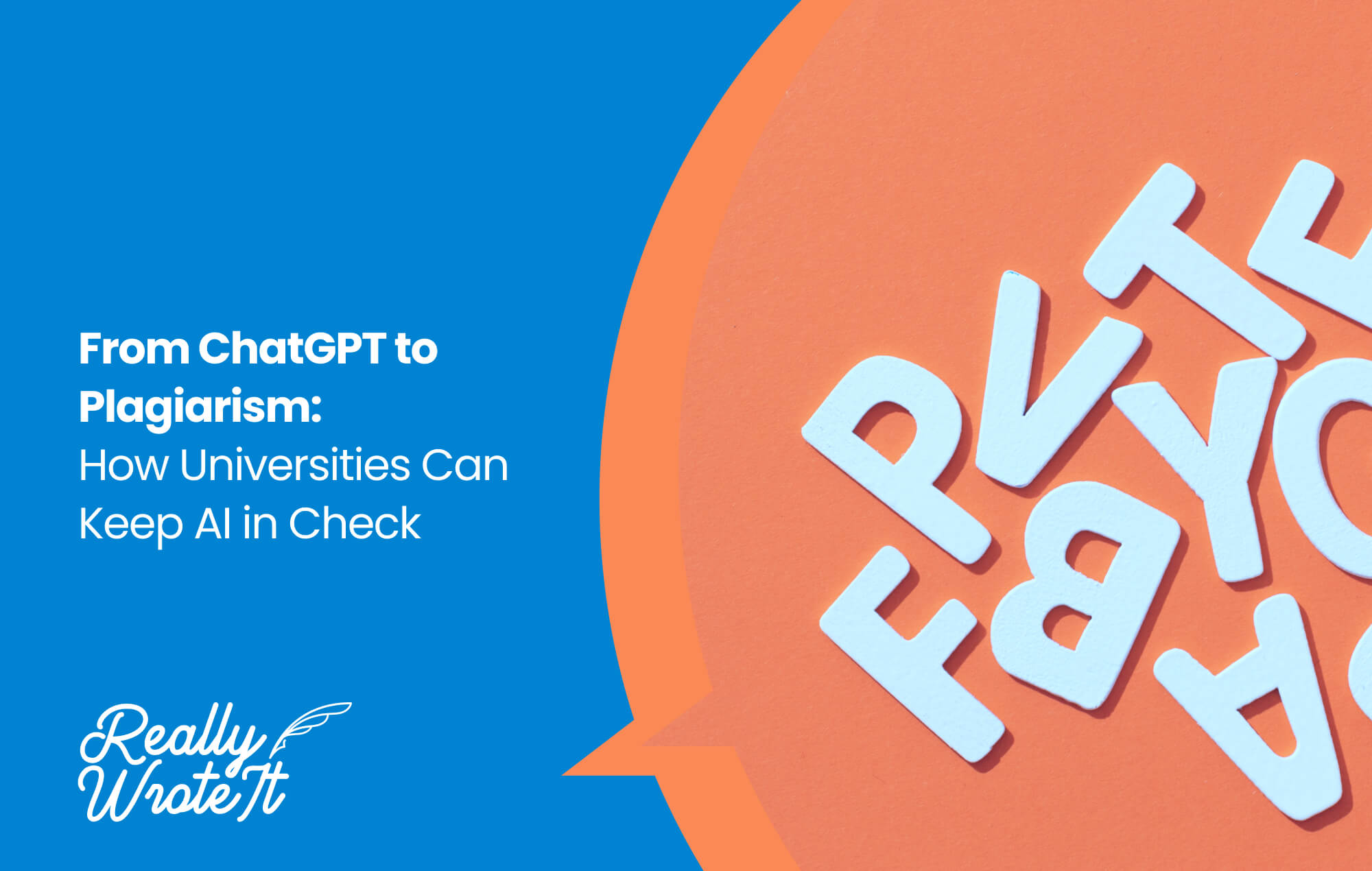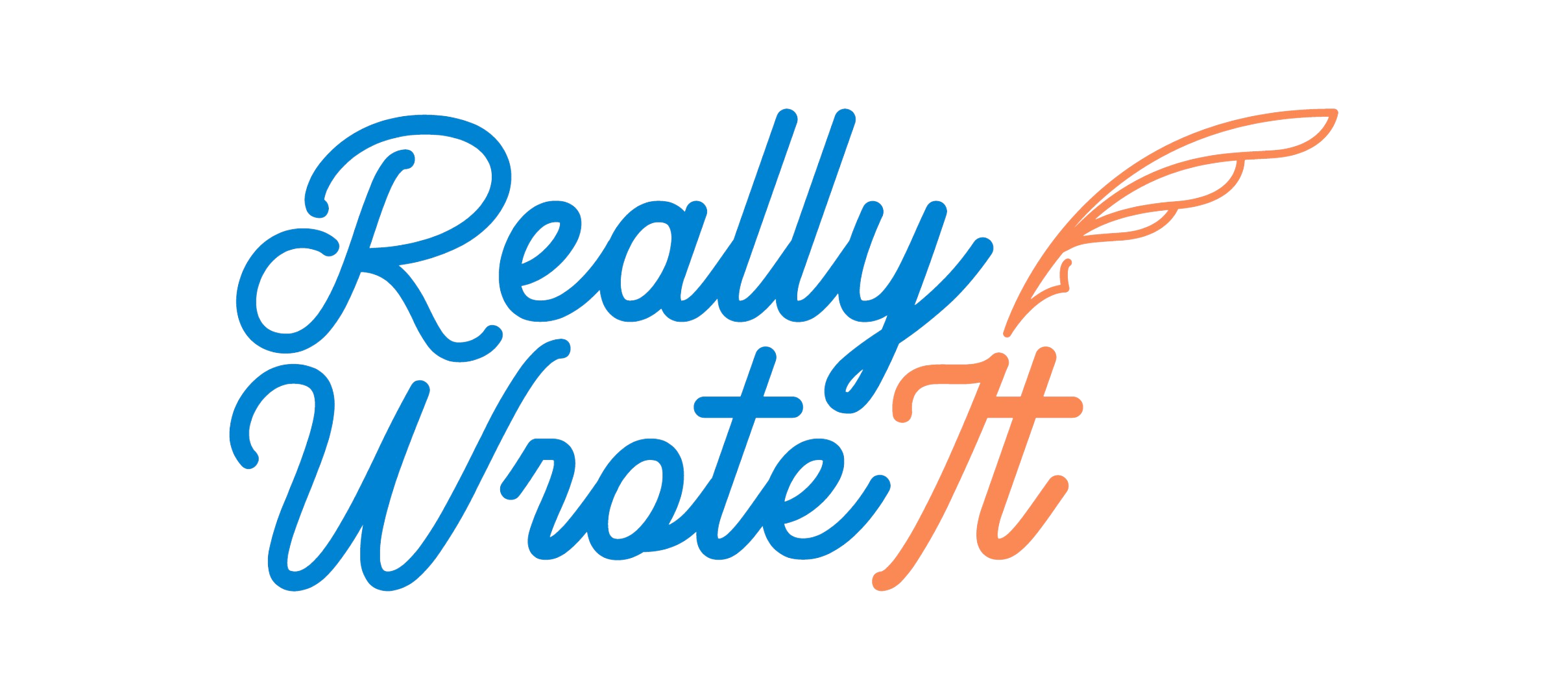Did you know that 89% of students admit to using ChatGPT for assistance with their homework? The survey by Study.com also revealed that 48% of students had used the artificial intelligence tool to complete an at-home test or quiz, and 53% had it write an essay.
While these statistics may be surprising, it’s even more shocking to note that 51% of college students believe using AI tools like ChatGPT for schoolwork is cheating. As a result, universities must look for ways to mitigate the widespread use of this technology within the student body.
In this article, we’ll explore how students use ChatGPT for schoolwork and how generative AI can lead to accidental plagiarism. We’ll also discuss how universities can utilize special tools aimed at verifying if essays and other texts are, in fact, written by humans. Keep reading to learn more.
What Is ChatGPT?
Developed by OpenAI, ChatGPT is a generative AI chatbot that’s capable of providing human-like responses to a variety of different topics. It works by gathering existing data from across the internet and modeling its responses to users’ questions based on this information.
The bot, which set a record in February as the fastest-growing application in history, has quickly taken the world by storm, garnering over 100 million users, 1 million of which were achieved in just the first five days of its release in November.
ChatGPT’s massive success can be attributed to its use cases in industries across the board, including customer service, banking, and even coding. And, as college students have found, the AI tool can also be utilized for writing essays.
How Is ChatGPT Used for Essay Writing?
AI tools like ChatGPT can be used in many ways to streamline the process of writing essays, saving time and easing the workflow. Here are just a few ways college students are leveraging the chatbot’s capabilities for essay writing:
Research
ChatGPT can be a valuable asset for the research process, as it can easily find relevant sources and summarize texts, helping students better understand the topic of their essays. However, it’s important to note that the bot has been known to generate biased responses and inaccurate information due to the unreliable sources that it’s been trained on.
Essay Outlines
Students can also use ChatGPT to generate outlines for their essays. This can effectively remedy writer’s block, providing inspiration and a solid structure to follow. All you have to do is input your topic and any related notes and ask it to give a detailed outline. For best results, it’s crucial to be as specific as possible, detailing any main points or references that should be covered in the essay.
Essay Writing
In addition to creating outlines, ChatGPT can provide students with a full-length essay on essentially any topic. To do so, students merely have to ask the chatbot to generate a 1,000-word persuasive essay on animal rights, for example, and it will generate the text in only a few seconds. From there, ChatGPT can be asked to rewrite the essay using certain terms, increase or decrease the word count or even include citations. This, of course, raises many questions regarding the ethics of AI use in academia.
How Generative AI Leads to Accidental Plagiarism
Because AI generators like ChatGPT source their information from across the internet, it is possible that they will return text that is similar or even identical to existing material. As a result, students can unintentionally plagiarize other people’s work, especially when using the tool to write an essay.
It’s important to note that this doesn’t merely apply to blatant instances of copy-and-pasting an entire text; paraphrasing an AI-generated essay can still be considered plagiarism if no references are given.
What Can Universities Do to Protect Themselves and Students?
Fortunately, there are tools available that universities can utilize to combat the rise of AI technology in academic writing, including Really Wrote It’s anti-AI word processor. This revolutionary system aims to ensure that student essays are, indeed, human-written by tracking the writing process and providing real-time playback and timestamps for each keystroke.
Contact us today to learn more about how the anti-AI word processor can help protect your institution and students from AI-driven plagiarism.

